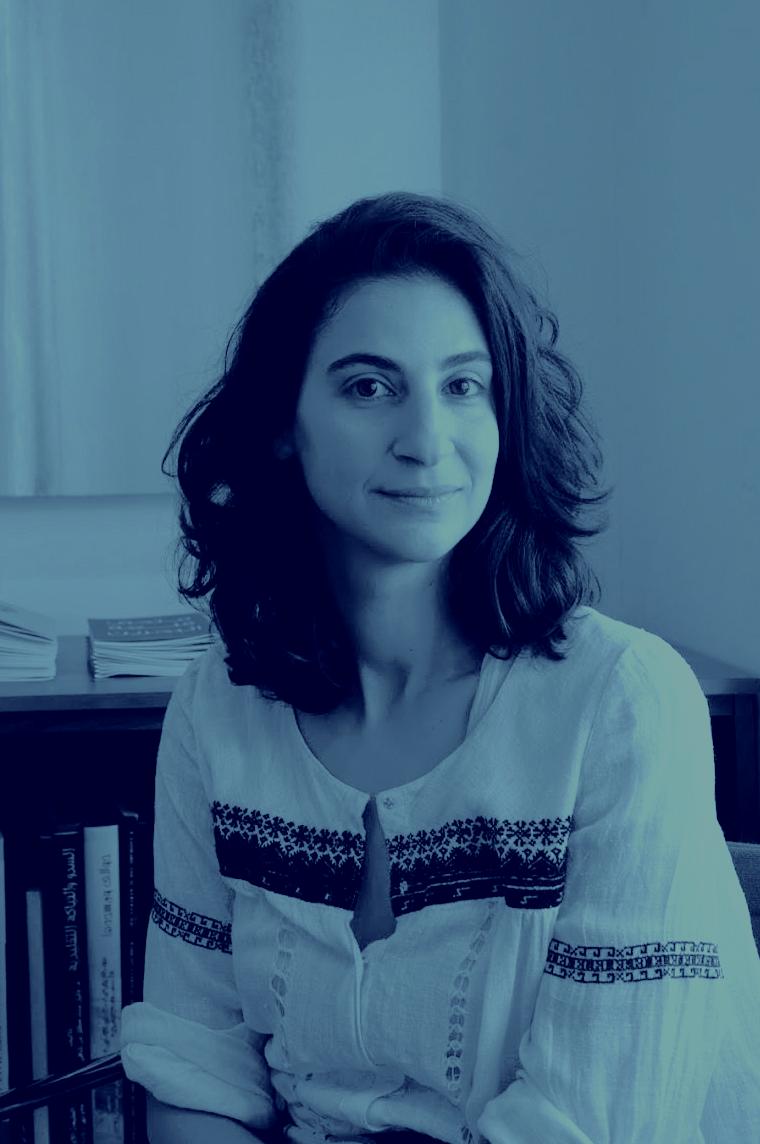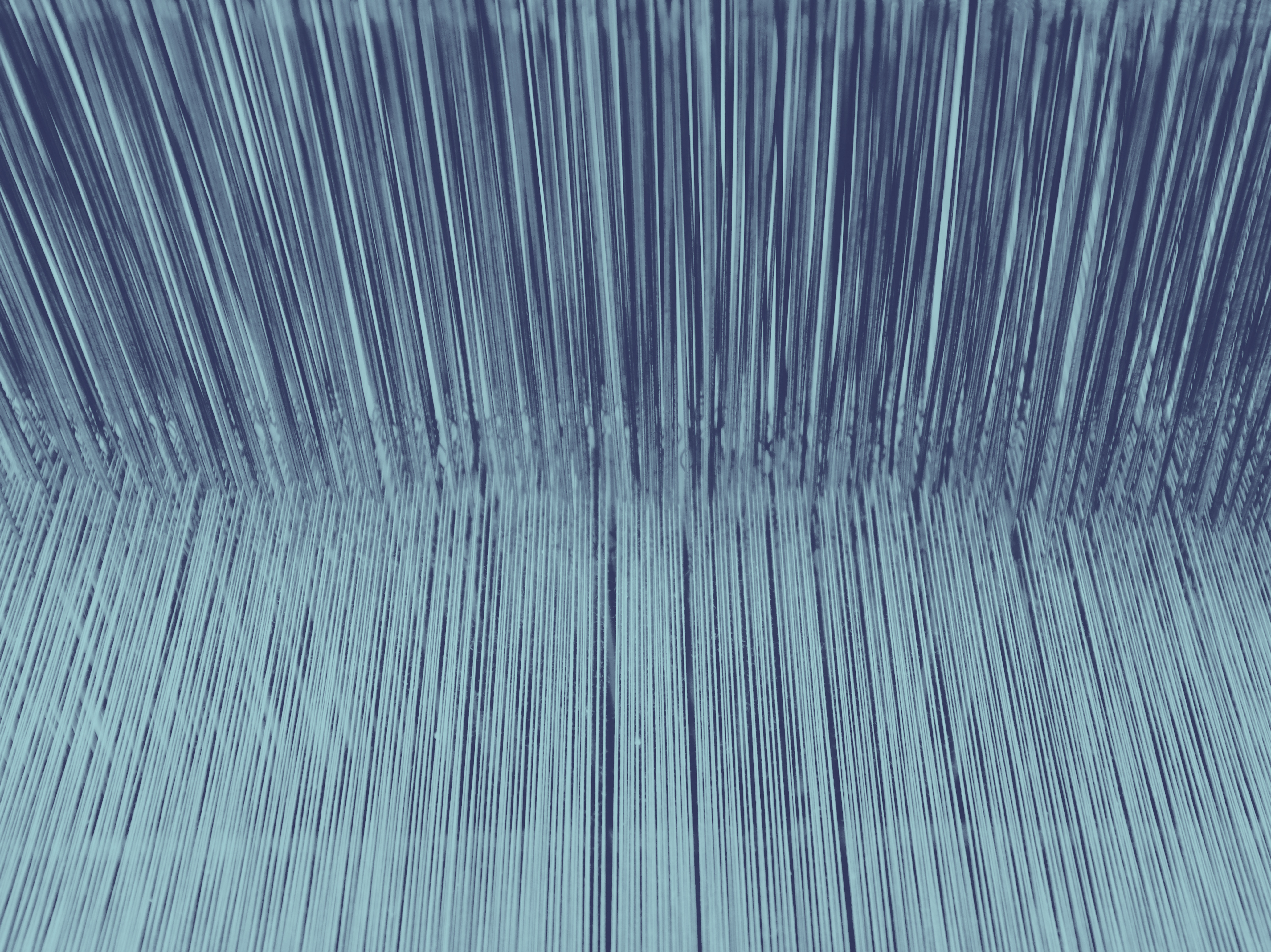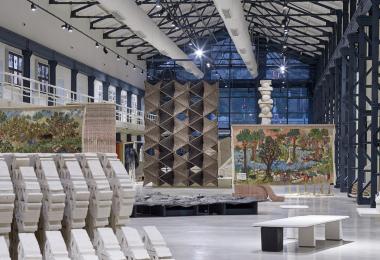The Hangar Exhibition
Noura Al Sayeh-Holtrop was appointed as the curator of the Hangar Exhibition for the third edition of Amman Design Week, which will take place between the 4th and 12th of October 2019. We interviewed her recently to better understand the challenges of curating Amman Design Week, and the expectations and hopes she has for the participating designers.
How does curating a design week differ or relate to your previous work?
It naturally differs in scale and in scope, since I have mostly been working on exhibitions and urban rehabilitation projects in Bahrain or representing Bahrain. This is one of the first occasions where I am working on a project that is very locally rooted in Jordan yet with a more regional perspective which I'm very excited about. Ultimately though, I think that the preoccupations that you have as an architect or curator remain the same regardless of the medium, whether it is a built project, an exhibition or in this case a group exhibition; the scale or reach may vary but in the end I think the ambition is to create a compelling and relevant moment, an experience that will in some way or another challenge the viewer.
What expectations do you have for this year's Amman Design Week? What are you most excited about?
I think that the general theme of Possibilities that's been chosen is very relevant, optimistic and presents an important aspect of design and creation that has been perhaps previously a bit neglected; I'm very excited to expand, elaborate and develop this further in the Hangar exhibition. I hope the exhibition will present an opportunity to reset and expand the thinking of design and direct it towards a mindset that is not only reactive but one that unlocks potential on the countless possibilities designers have at hands despite the difficult political, economic and social conditions of our time.
What are the possibilities and challenges of the Hangar as an exhibition venue?
I think the fact that it is an open plan industrial space with great ceiling height offers great possibilities in terms of the scale and size of the installations and objects that you are able to show and that is something we will be hoping to fully exploit in this edition. At the same time, this is also one of the main challenges of the space, how do you introduce structure, clarity and a enticing rhythm for the audience within this open plan without compromising the nature of the space.
What influence do you hope that Amman Design Week would bring to designers in Jordan and the region?
I hope they will leave the Design Week feeling inspired to create, I think the best exhibitions are the ones you leave with an idea that you have the urge to develop right away!
What challenges do designers in the Arab world face today?
The challenges are many and growing, ranging from the lack of financing to a lack of industrial infrastructure, to shortfall in educational opportunities amongst others, but ultimately I believe that the biggest obstacles are the ones we impose on ourselves. Despite the general lack of stability, there is still so much untapped potential across the Arab World that we have not yet fully explored, designers have at their hand an area where over 400 million people spread across over more than 13 million km2 share a common language and culture. There is an ocean of possibilities and opportunities to be found within this unique geo-cultural context that we are part of that is challenging and very inspiring!
How important is the Design Week in the Arab world today? What kind of possibilities and opportunities does it bring?
It's important to the extent that it gathers and makes visible various initiatives whether individual or collective and by presenting them collectively offers an opportunity to reflect, present and elaborate on what is happening creatively in a certain place. They appear as a moment of pause to look at what's happening on a bigger scale and by doing so to be able to generate a discussion and a collective understanding on the state of affairs! On a more pragmatic level, these design weeks often are the opportunity for projects to happen and materialize, by providing an event, a venue and an audience you create the context and the need for something to happen, whether it is an installation or a tea cup, and in that sense design weeks can be great catalysts for good design.




